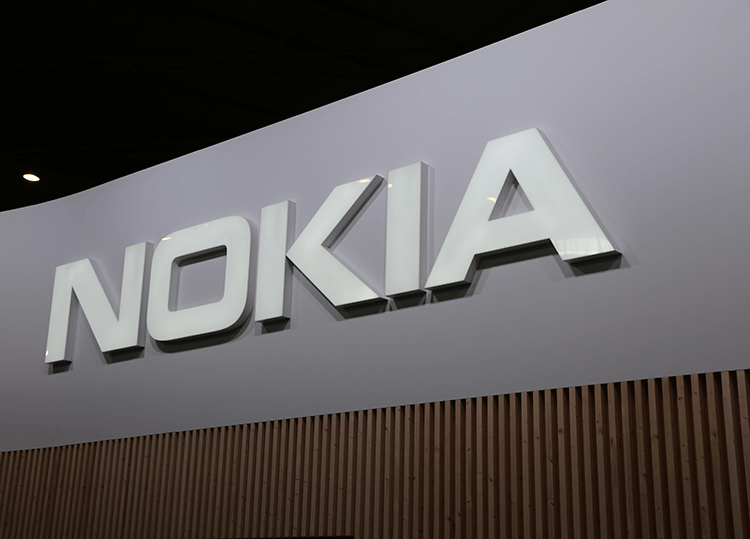Nokia announced the availability of the UBT-m XP, a new E-Band high-powered Ultra-Broadband Transceiver for its Wavence product family for extending coverage in both dense urban and rural environments.
Nokia’s newest E-Band radio is a high-capacity outdoor unit with a small, light form factor and the highest transmit power available on the market.
Another addition to the portfolio is Nokia SteadEband, a stabilized three-foot antenna that combats common E-Band issues, which include tower vibrations and movements due to thermal effects.
Nokia said it has achieved a 12-kilometer-long link using the Nokia UBT-m XP and the SteadEband antenna.
Nokia also announced the launch of the Outdoor Channel Aggregator (OCA) to support mobile operators looking to expand the reach and capacity of their networks for rural broadband applications. The OCA aggregates multiple UBT-T XP radios, Nokia’s high-capacity, high-power, outdoor dual-band radio, for N+0 operations and allows for increased throughput with improved system gain of up to 10 dB compared with traditional aggregation methods. This is important in increasing the link distance or to optimize OPEX/CAPEX by removing the requirement for larger antenna or repeater systems.Finally, Nokia is also introducing the Carrier Aggregation High Density (CAHD) card, which adds ‘single pipe’ capacity to the backhaul to support the link distance. The innovative CAHD module enables 10 Gbps backhaul capacity over multiple channels and supports seamless migration from existing low-capacity backhaul to high capacity hence preserving an operator’s investment.
Giuseppe Targia, Vice President, Microwave Radio Links at Nokia, said: “We are further strengthening our industry-leading Wavence portfolio with the addition of these next-generation products. The winning combination of the UBX-m XP and the SteadEband offers our customers a high-performance transport solution with leading capacity and coverage for both urban and rural environments. Microwave links are cost-efficient and fast to deploy, representing a robust alternative to fiber backhaul.”










